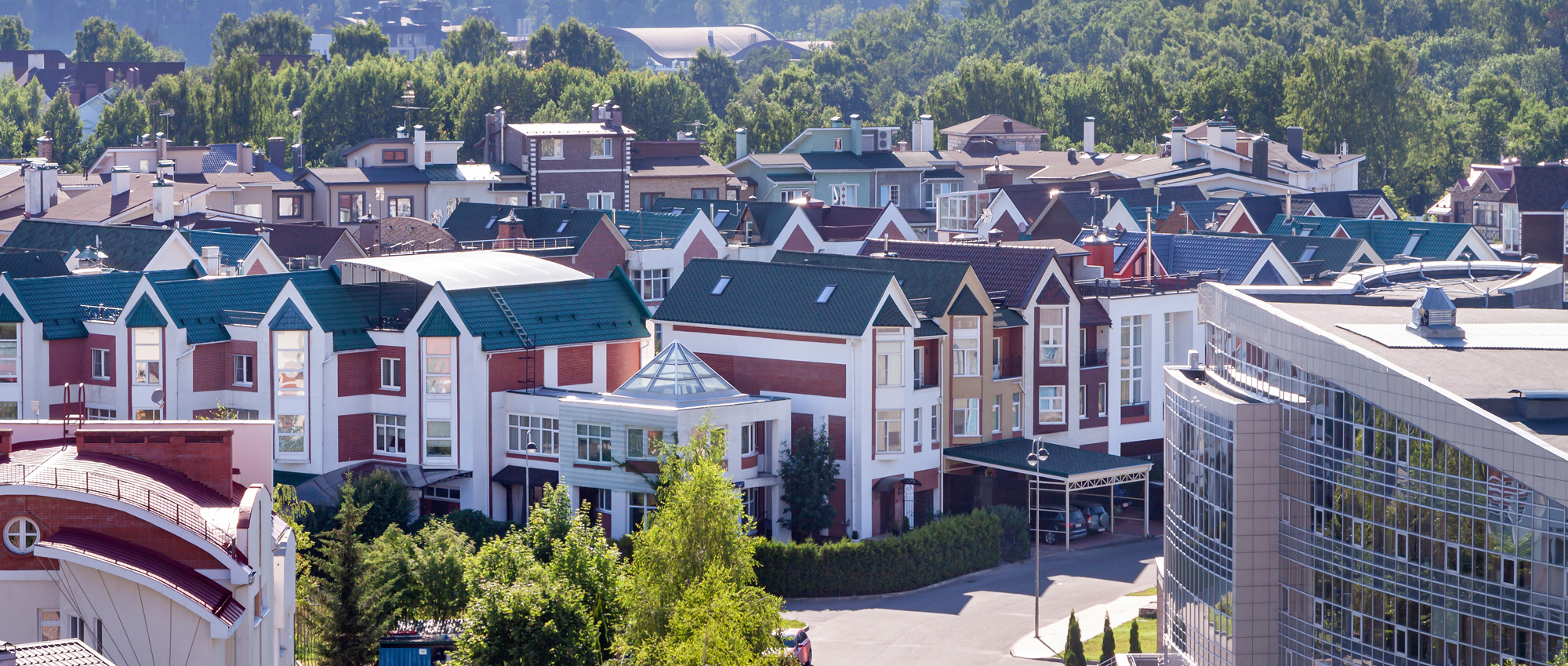Urban areas continually seek to attract more businesses and residents with mixed-use buildings. These are not new concepts—historical examples can be found in Ancient Rome, where market squares intermixed apartments, offices, and shops—but their surge in popularity speaks to changing lifestyles. People once complacently drove long distances for work and entertainment but now want districts that conveniently provide both. Mixed use properties do just that.
4 Ways Mixed Use Buildings are Different from Normal Office Space
Mixed Use Space Provides Different Uses in One Building
Mixed use space is a development model in which one building integrates different lifestyle opportunities. You might have a retail store on the ground level, a restaurant on the second floor, and two or three floors of apartments above that. This multi-use, communal experience promotes a dynamic, walkable lifestyle that brings forth a new sense of connectivity. For example, an office complex is limited to one use and tends to attract doctors, lawyers, and other professionals. Such a space is unlikely to host a coffee shop below a tech company. In a mixed use space, however, this scenario is common.
Parking Considerations are Unique for Each Space
Employees, retail tenants, and residents tend to compete for parking spots in a mixed use building. These buildings sit in busy downtown areas where spots are limited and space is tight. Parking garages help solve this dilemma, but the point is that parking is rarely available directly adjacent to or in front of a mixed use space. Office spaces, on the other hand, tend to have their own parking lots.
Mixed-Use Developments Offer Many Economic Benefits
In addition to encouraging a walkable community, mixed use spaces can promote tourism, support local business development, encourage private investment, and revitalize sleepy downtown areas. Office spaces deliver economic benefits by promoting local consumerism, but these areas tend to be active during specific business hours. When business owners and their employees are finished working, they go home. A mixed use space with hotels, specialty restaurants, and other busy venues can operate well into the night and help feed the local economy from sunup to sundown.
Mixed-Use Spaces Have Different Appearances
Mixed use properties typically look different from their single-use counterparts. For example, an office complex may have a plush, marble-clad lobby while a mixed-use space may have different floors with unique appearances. Office space is intended for one use and attracts professionals who need comfortable, professional work environments. Mixed use properties house a variety of venues and living spaces that resonate with the local market.
For more information about incorporating these developments into your site plans, contact Iskalo Development Corp. today.

